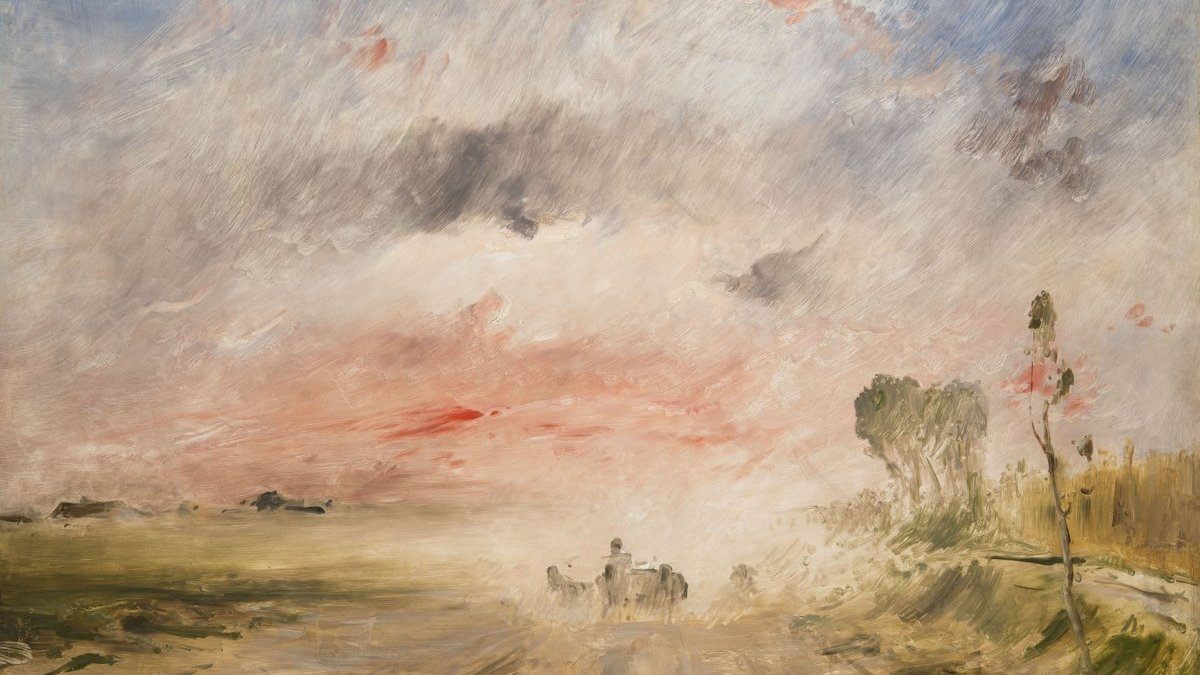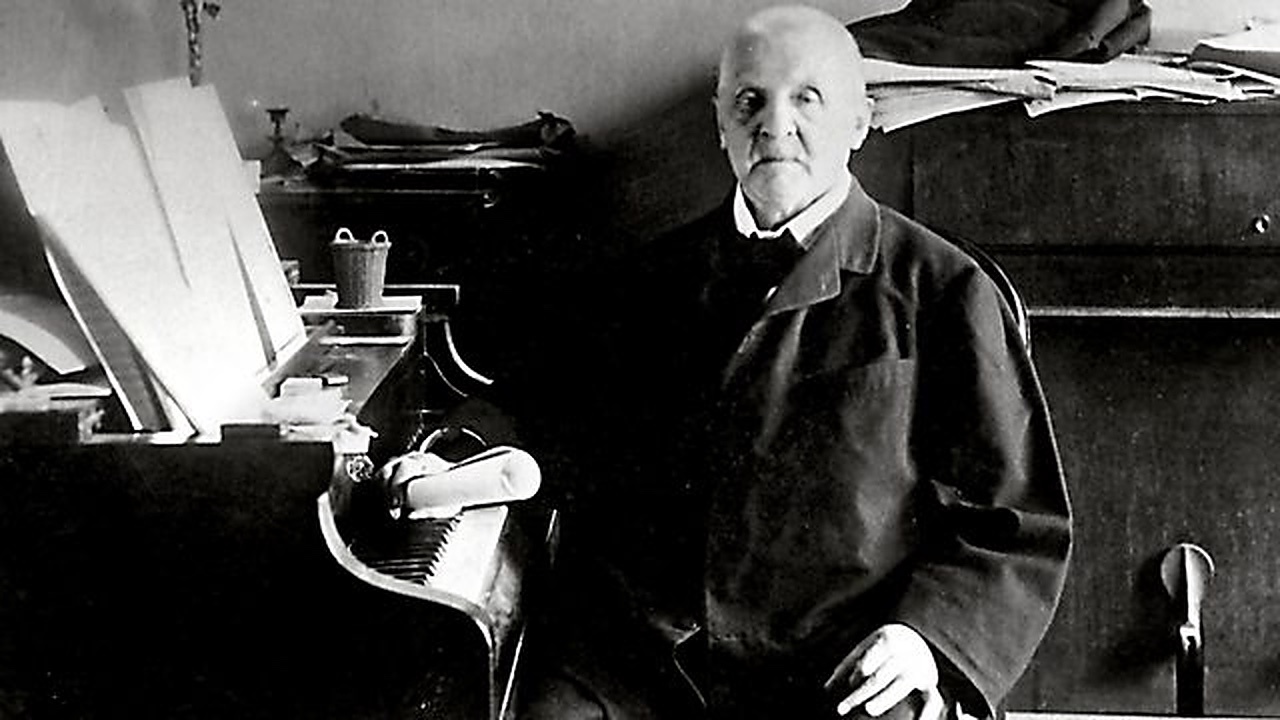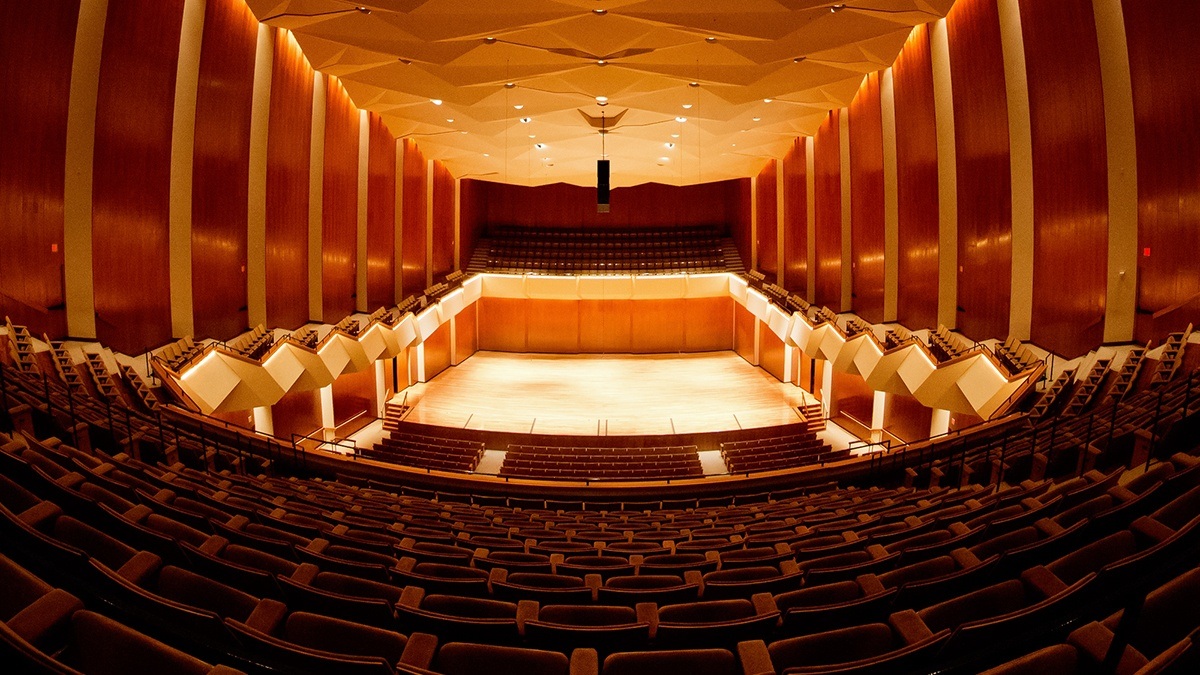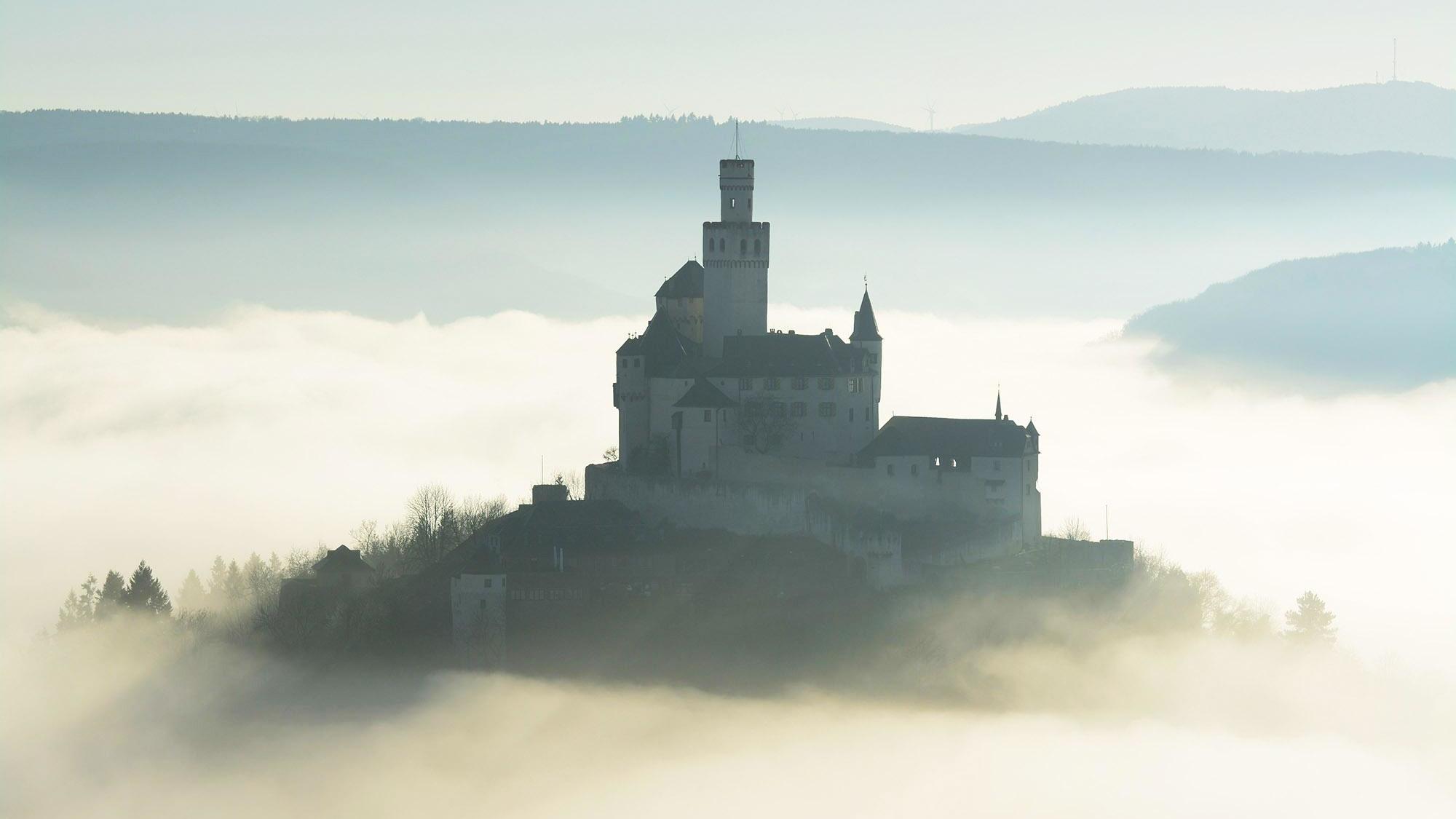Bartók’s Divertimento for Strings: Folk Music Meets the Concerto Grosso
Béla Bartók wrote the Divertimento for String Orchestra over the course of fifteen days in August of 1939. The three-movement piece was commissioned by the Swiss conductor and patron Paul Sacher, who provided Bartók with a comfortable chalet in the Alpine village of Saanen, Switzerland. Three years earlier, Sacher had commissioned the composer to write the Music for Strings, Percussion and Celesta in commemoration of the tenth anniversary of the Basel Chamber Orchestra. Now, he requested …







